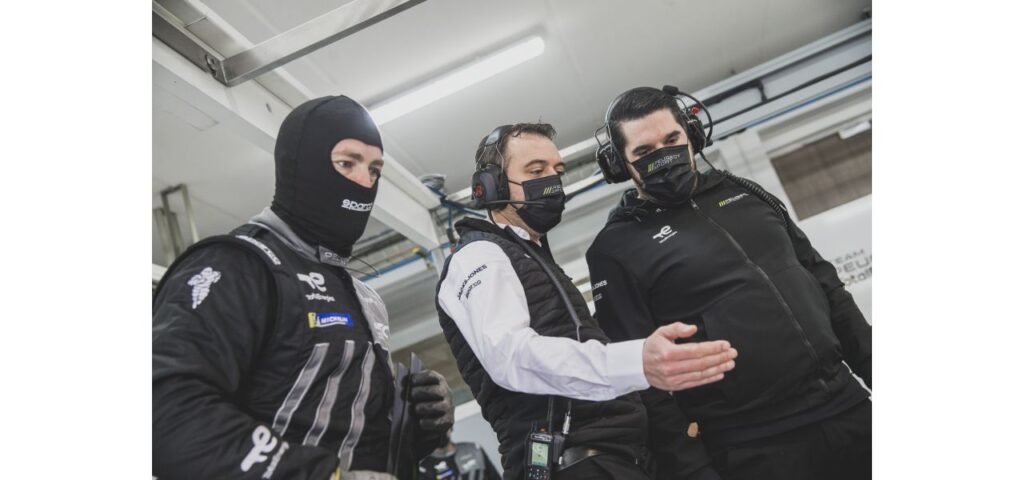Following the admission that its 9X8 Hypercar will not make its competitive debut until after this year’s Le Mans 24 Hours, team technical director Olivier Jansonnie explained Peugeot Sport’s reasons for delaying the car’s debut.
Key to its decision were the rules surrounding homologation of the car. It is something of a gamble to fix its specification prior to Le Mans, where Toyota and Glickenhaus will likely have upped their performance compared to last year simply through now having a greater understanding of their respective hypercars. In order to contest Le Mans, the team would have had to also run at Spa, further pushing its homologation earlier in the year.
“Every Le Mans Hypercar must be homologated in order to be permitted to race, after which its design may not be modified further until 2025, except in very particular circumstances governed by strict conditions. Any such modifications will be counted as ‘EVO jokers’, which are limited to just five between 2021 and 2025 – aside from specific force majeure situations such as, for example, when the car’s safety or reliability is compromised,” noted Jansonnie.
He went on to highlight that the homologation process was not one simple submission, but a multi-stage undertaking. “It consists of a series of milestones. Its schedule and execution are very precisely defined. The process concludes with the submission of a homologation file – describing in minute detail all of the vehicle’s components (with photos and weight measurements) – as well as a wind tunnel test of its aerodynamics and an inspection of the vehicle by the FIA/ACO. After this, its development is ‘frozen’. Its performance parameters are subsequently assessed in order to be able to adjust its power, weight and minimum speed of hybrid energy deployment, which are the key factors in balance Of performance.”
Peugeot’s is a similar position to that which Scuderia Cameron Glickenhaus found itself in last year – if it homologates the 9X8 in time for Spa and Le Mans, it will likely leave development avenues untapped. Jansonnie, perhaps alluding to some of Peugeot’s mishaps with the 908 project – more often than not a car that outpaced Audi, but suffered from reliability and operational hiccups – also admitted that it needed more testing time to assure reliability. For example, any serious effort at Le Mans will run multiple 24 hour test sessions. “Both operationally and from a reliability perspective, Le Mans is the most difficult race on the calendar. We will begin with some shorter races, which will allow us to progressively get up-to-speed in the championship,” he said. “Like with our road-going cars when we have to choose between meeting a deadline or focussing on quality, we always prioritize quality.”
Jansonnie was frank about the need to miss Le Mans: “Quite simply, this will afford us the time we need to achieve the necessary level of reliability. For obvious reasons with regard to balance Of performance adjustments, it would not have been possible to enter the Le Mans 24 Hours without first contesting the preceding WEC race – the 6 Hours of Spa-Francorchamps on May 7. This way, our planning will enable us to put the full weight of our teams and resources behind our own test sessions, without the disruption of racing at Spa-Francorchamps and Le Mans.”



